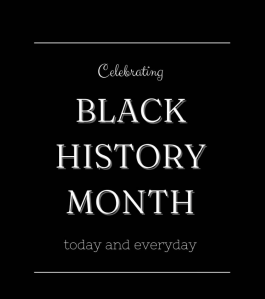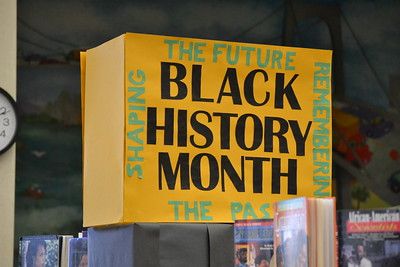
Thomas Edison, the man who invented light bulbs, is well-known. But who is familiar with Lewis Howard Latimer?
Latimer was a gifted inventor and engineer who helped Edison in the development of a longer-lasting filament for the light bulb.
Going beyond the textbook results in a far more true view of history.
Ruby Bridges, Martin Luther King, Jr., Harriet Tubman, Rosa Parks, Muhammad Ali, Jackie Robinson, Langston Hughes, Maya Angelou, Marcus Gravey and others have all made significant contributions to the civil rights movement. From Black activists, musicians, artists, athletes, writers, dancers, inventors and leaders, the list goes on and on.
They, like so many others, are significant Black figures in African-American history who have had a lasting impact. They are what makes America what it is in terms of music, food, history and culture.
What is the purpose of Black History Month?
In the United States and Canada, the whole month of Feb. is a holiday. It’s a chance to celebrate Black accomplishments while also acting as a timely reminder to analyze where systematic racism still exists and to recognize the people and organizations working to eliminate it. It’s a way to honor Black people throughout history, the present and the future for their hard work, abilities and contributions.

Black History Month is celebrated by Black people all around the world because it honors diversity. Within the Black community, there are so many great and beautiful cultures. This is a festival that extends beyond honoring African Americans’ achievements. It pays tribute to these brave men and women. It shares their inspiring stories in a way that helps us understand how much they’ve influenced our lives—and how different our lives would be if these people hadn’t taken chances to achieve incredible things.
Junior Niamah Washington said, “Black history is a way we can remember people from our culture that fought and raise awareness to many systematic racism issues in our world.”
Black History Month goes beyond textbooks, which primarily portrays what white history wants children to remember.
Black History Month was not even a full month, let alone a full-length year. Carter G. Woodson first established “Negro Week” in 1925. He hoped to teach others and spread awareness about the contributions made by Black and African Americans who shaped the nation. The week took place during the birthdays of President Lincoln and Fredrick Douglass, two significant figures in abolishing slavery – hence why Black History Month takes place in February.
The fight for civil rights for Black and African Americans during the Civil Rights Movement in the 1960s raised the consciousness of Black history, a.k.a the Black Awakening, for Black and African Americans. It wasn’t until 1976 that President Gerald R. Ford nationally recognized Black History Month in a speech that urged Americans to appreciate and honor the accomplishments of Black and African Americans. In 1986, Congress passed “National Black History Month” into law and henceforth made Black History Month a formal observance.
Black History Month is an opportunity to understand and become educated on Black issues that have been hidden in the nation’s fabric. However, Black History Month is also a symbolic spotlight of celebrating Black and African American culture. Black appreciation is light turned on all year, but it is put in the spotlight for all to see during Feb. It is a month to go beyond surface-level discussions on slavery, the Civil Rights Movement or explicit racism. It’s time to highlight Black leaders, accomplishments and culture.

Cabrini University is dedicated to Black History Month, “today and every day.” Cabrini has a lounge space near the bookstore for Black History, showcasing strong leaders. Here is the schedule of events Cabrini has on its website.





????????????????????????